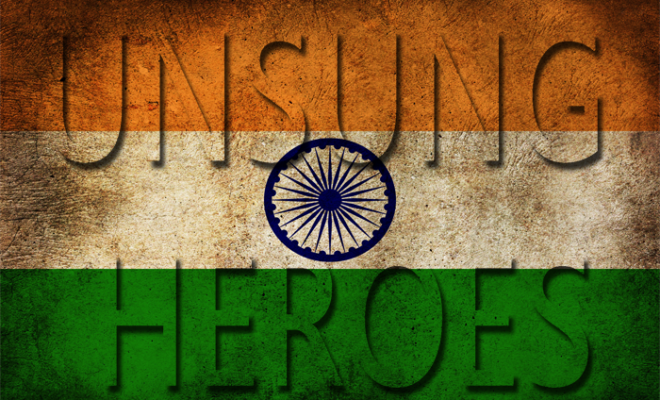
6 Unsung Heroes Of India’s Freedom Struggle
So finally India’s day of pride is almost knocking the doors as it is after only few days that we can hail and enjoy the most significant day in the history of India, which is none other than the 15th August. Undoubtedly names like Mahatma Gandhi, Jawaharlal Nehru, Lala Lajpat Rai and Bhagat Singh are quite a lot common among the masses; but at the same time there are still many other names as well which are in an oblivious state. There are actually quite a lot many unsung or unknown heroes who have made a remarkable contribution in this epic India’s struggle for independence. One main reason due to which these names have been unknown is because most of the times when we talk about India’s independence, or whenever anyone shares any lecture or speech on the same, almost every person talks of the “popular” leaders. No offence though since these leaders had actually been quite a lot instrumental in triggering the national movement; but at the same time it is actually equally important for every Indian to know about some of the other heroes as well. Thus to pay a tribute on this upcoming occasion of the Independence Day, here are some of the heroes who have been somewhere lost in the Indian history.
● Aurobindo Ghosh
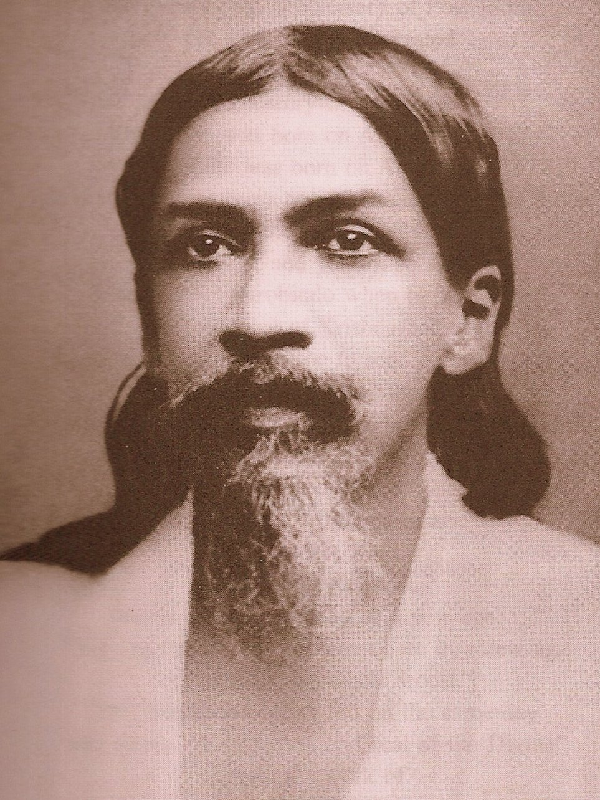
Belonging from a reputable and a financially stable Bengali family, the name of Aurobindo Ghosh is quite popular, but only among the Bengalis. While he started imbibing within himself quite strong nationalist feelings, Aurobindo took the resort of pen, that soon made him to start writing inspirational poetry along with quite a lot of revolutionary text for inspiring the Indian masses to speak and stand against the infamous British Raj. Ghosh was arrested due to his written articles that spoke against the British Raj; however due to the presence of no evidence, he was soon released. With the help of Barin, Ghosh was able to get connected with some of the revolutionaries in Bengal, thus inspiring some radicals like Surendranath Tagore and Bagha Jatin. With this revolutionary and nationalist spirit, Ghosh also launched the famous publication called Bande Mataram. Soon when he was imprisoned due to the popular Alipore Bomb Case, Ghosh started inclining towards spirituality; soon after which he quit politics.
● Alluri Sitarama Raju
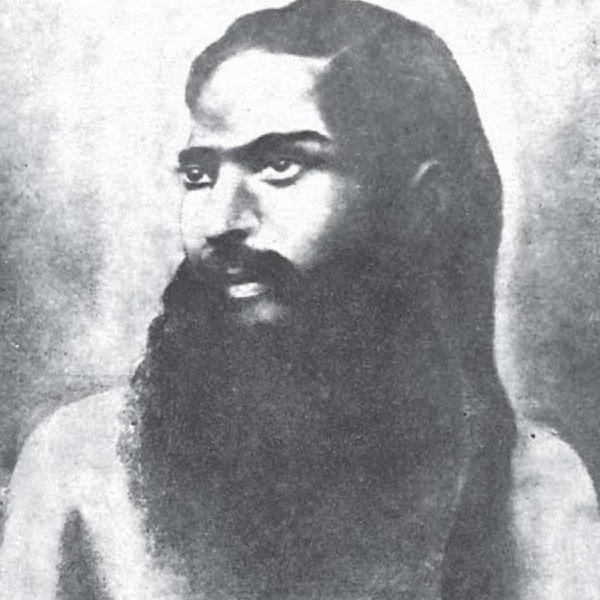
Being a folk hero among the inhabitants of Andhra Pradesh, Alluri Sitarama Raju was actually one of the fiercest British Raj opponents. Being born in a well-to-do and a prosperous family that itself belonged to the Kshatriyas, Sitarama Raju had actually renounced almost everything only for the sake of the India’s freedom. The 1922-24 Rampa Rebellion that involved some tribal leaders along with some of the sympathizers to fight against the oppressive British Raj was actually led by Sitarama Raju. This rebellion was due the harassment that many of the tribals had to face with in the areas of the Agency. The harassment was quite unsurprisingly done by some of the British officials. Being inspired by many of the Bengali revolutionaries, Sitarama Raju had also raided quite a lot of police stations. Due to this zealous spirit of Sitaram Raju, the Alluri Statue stands on the Beach Road of Vishakhapatnam.
● Tanguturi Prakasam
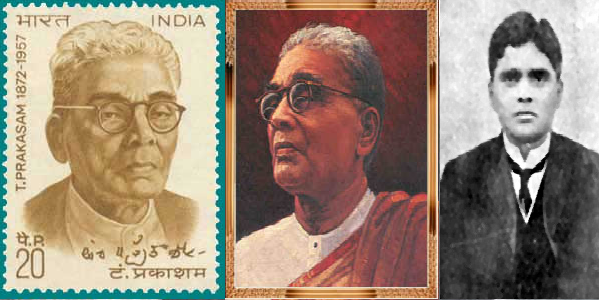
Popularly known as the Andhra Kesari, Tanguturi Prakasam was Andhra Pradesh’s first Chief Minister. Initially starting his career in the field of law, Prakasam soon turned revolutionary against the rigid British Raj. Soon after taking the pledge for the popular Satyagraha, Prakasam gave up his service. One of the most famous acts of Prakasam is when he bared his chest after tearing his shirt, evoking the British officials to shoot at him, during the protests against the Simon Commission. The police had actually imposed a ban in some of the areas and had strictly warned that people would be shot if they opposed or violated their orders. When Prakasam came up with such an act of defiance, the police had to give way to him as well as to the other supporters. Again it was this act that make Prakasam earn the title of Andhra Kesari which literally means The Lion of Andhra.
● Matangini Hazra
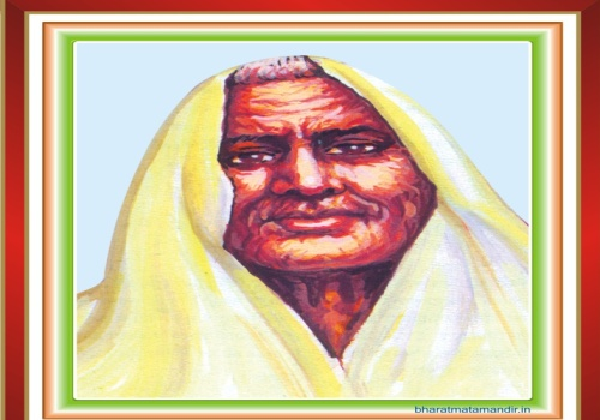
Born in 19th October, Matangini Hazra was an active participant in the movement of Indian Independence. She was so active in the movement that the British Indian police had to shoot her. Hazra had actually been leading a procession that included more than six thousand supporters, among which most of them were actually women. This procession was carried on with the mission of taking over the Tamluk police station. Soon when she marched forward, Matangini was shot by the police. In spite of being shot three times, she kept on marching being quite a lot wounded. Most surprisingly is the fact that Hazra had carried on this procession when she was already 73 years old, thus showing that age is a mere number when it comes to having nationalist feelings.
● Peer Ali Khan
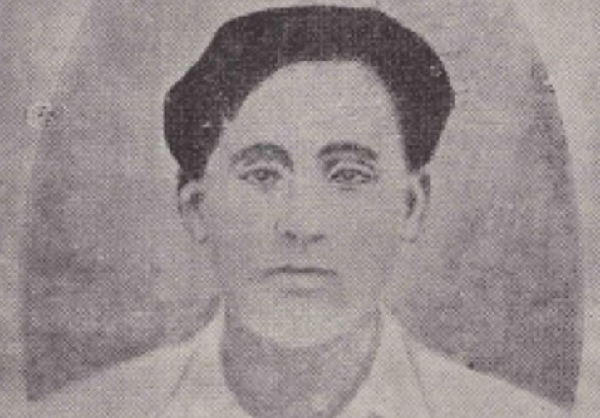
The freedom struggle of India had actually brought in the combined efforts and struggles of both Hindus and Muslims. One of the best examples is brought by the Muslim revolutionary Peer Ali Khan, who was one of the most prominent revolutionaries during the early phase of India’s freedom struggle in 1857. Peer Ali Khan was actually one of the 14 people who were ordained with capital punishment due to their rebel against the long and the oppressive British empire. However, by that time, Khan was already successful for inspiring quite a lot of people, to follow his footsteps.
● Aruna Asaf Ali
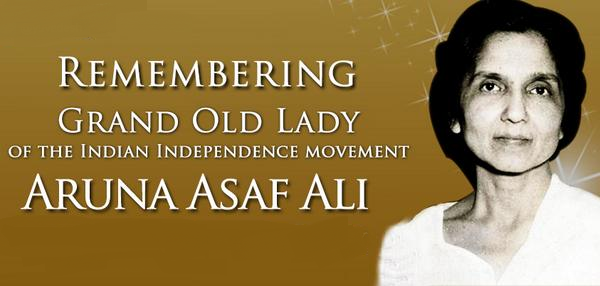
Born as Aruna Ganguly, after marrying Asaf Ali, Aruna had been an active part during many public processions at the time of the epic Salt Satyagraha. On the basis of the charge being vagrant, Aruna was arrested. However unlike many of the other prisoners who had been released on the basis of Gandhi Irwin Pact during the year of 1931, Aruna was not released. However due to immense pressure created by the other present women co-prisoners, along with the intervention of Mahatma Gandhi, Aruna was ultimately granted a release. She was again imprisoned in the year of 1932 due to her active part in the popular freedom movement. Due to her active stand against the British Raj, Aruna was soon transferred to the Ambala Jail, where she she had to face isolation because of the presence of only male members in the jail. Soon after getting released from jail, Aruna focussed on socialism since she was also influenced quite a lot by the principles and ideals of Mahatma Gandhi. Due to this immense contribution, Aruna was hailed as the “Heroine of 1942.”
Truly goes without saying though, each of these freedom fighters are epitomes of inspiration for each and every Indian, even today. Their names may have been lost in many of the history textbooks, but their die-hard contribution makes each and every Indian feel proud of them. Salute to all!


